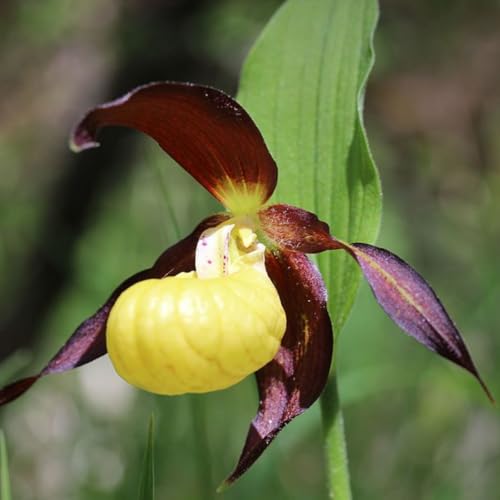Where do we get the reality of the forest structure other than from published data?
Get it from looking at the forest. look at where in the forest orchids grow and look at where they might get nutrients. of course not many people can go into the forest and look at wild orchids.... but I can. You can choose to listen when I talk about what I observe or you can dismiss me as a layperson.
When I stand at the base of a big forest tree that has orchids growing on the trunk mid way up to the canopy and it is pouring down monsoon type rain and I decide to collect a "stem flow" water sample and there is no water flowing down the trunk it makes me think. When it rains in the forest the canopy acts like an umbrella and sheds falling rain water away from the trunk.
Through fall water is exactly that.. water falling through without adding much in the way of nutrients for epiphytes. This observation is in a primary type forest like those used for the studies you presented.
But as I mentioned before most orchid species come from more open forest of even tree-less locations. The zones in the Andes that have the most orchids really don't have a forest canopy to nutrify falling rain. The orchids grow on the ground on in small shrubs or small trees. No falling nutrified rainwater. Instead the plants grow in living moss with lichens associated. Rain wets the moss and the moss environment releases nutrients. Since we can't find any university students that have researched and published this you choose to dismiss the concept. That's OK with me, it doesn't hurt my feelings.
This study was colated over a year I think or was it two?
It still only measures the nutrient content that is diluted by a rainfall that occurs in only a fraction of the years total duration.
Please show me data for these ''other sources'' really! I want to see them so we can form a complete picture. Believe it or not it's the truth that interests me.
Truth is not always in published form. If you only believe something if it is printed then you only know what other people already know.
The real issue is that we will never know the truth because there are an infinite number of combinations of evolved species we have to consider.
The nutrient process and ratios are probably different for every species of orchid.
I don't have the sources with me now, they are in California. Google about Lichens and chemicals they contain/produce. A lot of new research and discoveries are being made in Australia. Lichens have not been well studied as far as plant nutrition but people are starting to look at it.
Your talking about the epiphytic biomass here as well as any decomposing bark and whatever dust may blow onto the branches, insects, nitrogen fixing blue green algae, other bacteria. Yes I understand the disolved nutrients will concentrate as water evaporates but how does that change their ratios?
Not all nutrients are dissolved and leach freely. Some are (may be) bound ionically to the moss, lichen, bark, dirt that the orchid roots grown in/on.
In the through fall you only see those that are loose.
The plants can only take up what is disolved in water.
Perhaps or perhaps not. Disolved in water can also be during non rain events and the water may be in the form of condensation that does not flow.
Rain likely does not leach nutrients from lichens and the lichens may secrete the nutrients when moist but not when flooded.
The "best" time for plants (and lichen) to grow is when there is light available. Light is low during rainfall and so plants grow between rains. Lichens do the same and so probably secrete nutrients when it is not raining and as the nutrients are secreted they are consumed by epiphytes. When the rain comes again the process slows and the "doors" close. So not all the nutrients are leached into through fall.












































